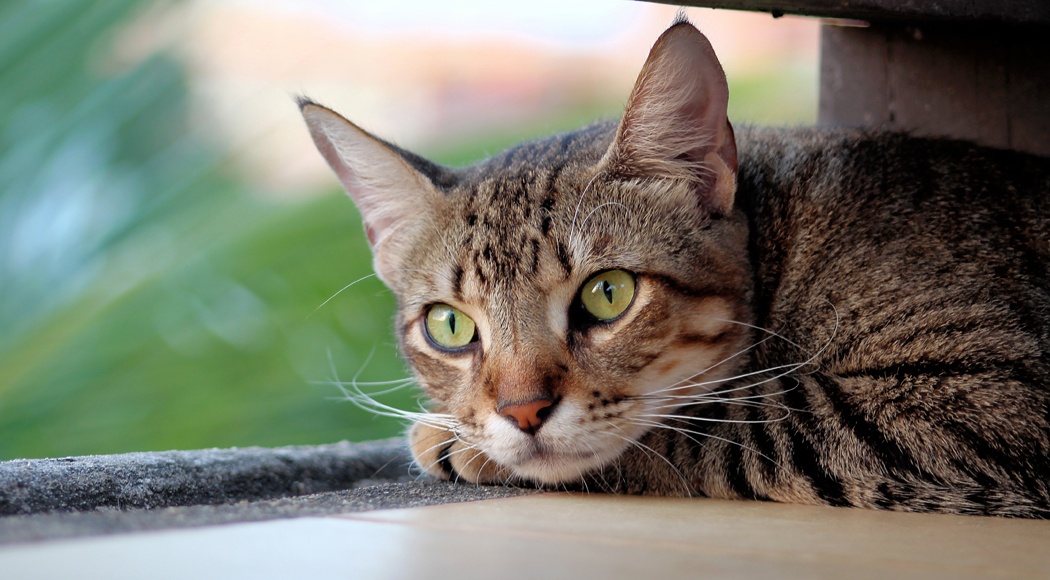What does it mean when your cat yowls nonstop or scratches up your furniture? Cats actually have darn good reasons for their behaviors.
Feline Vocalization
When your cat meows, it’s usually asking for something or just saying ‘hello.’ The more frequent and intense the meows, the more intent your cat is on getting a response. If the meowing is continuous, particularly after trying to satisfy your cat’s needs, it may be sick or injured. Nonstop yowling can also be a sign of discomfort, illness, worry when their territory is threatened, or a desire to mate. Some cats even yowl when they’re bored.
Purring usually signifies contentment but can mean they’re worried as well. Hissing, snarling, or growling is a clear warning to back off–or else.
Tails Tell A Tale
When a cat sweeps its tail widely, it’s annoyed or wants to be left alone. If a cat is agitated or frightened, its tail movement is intensified and sweeps back and forth rapidly. Cat’s tails can puff up too. If your cat’s tail puffs up with its ears erect and whiskers pointed forward, the cat’s usually happy or having fun. But, when a bristled tail points straight up or down, possibly coinciding with an arched back and flattened ears, the cat is fearful. When the fur on a cat’s whole body puffs up, the cat is very angry.
Those Destructive Claws
Cats scratch things to shed the dead frayed layers and sharpen their claws. It’s also one of the ways cats mark their territory. Finally, it’s a natural part of feline play and stretching. To combat the problem, give your cat a scratching post. Also, keep your cat’s claws trimmed. When your cat does scratch on other objects, clap loudly, so the cat stops. The American Association of Feline Practitioners recommends against declawing. The procedure is much more invasive than most people realize and can result in infection and extended pain during recovery.






